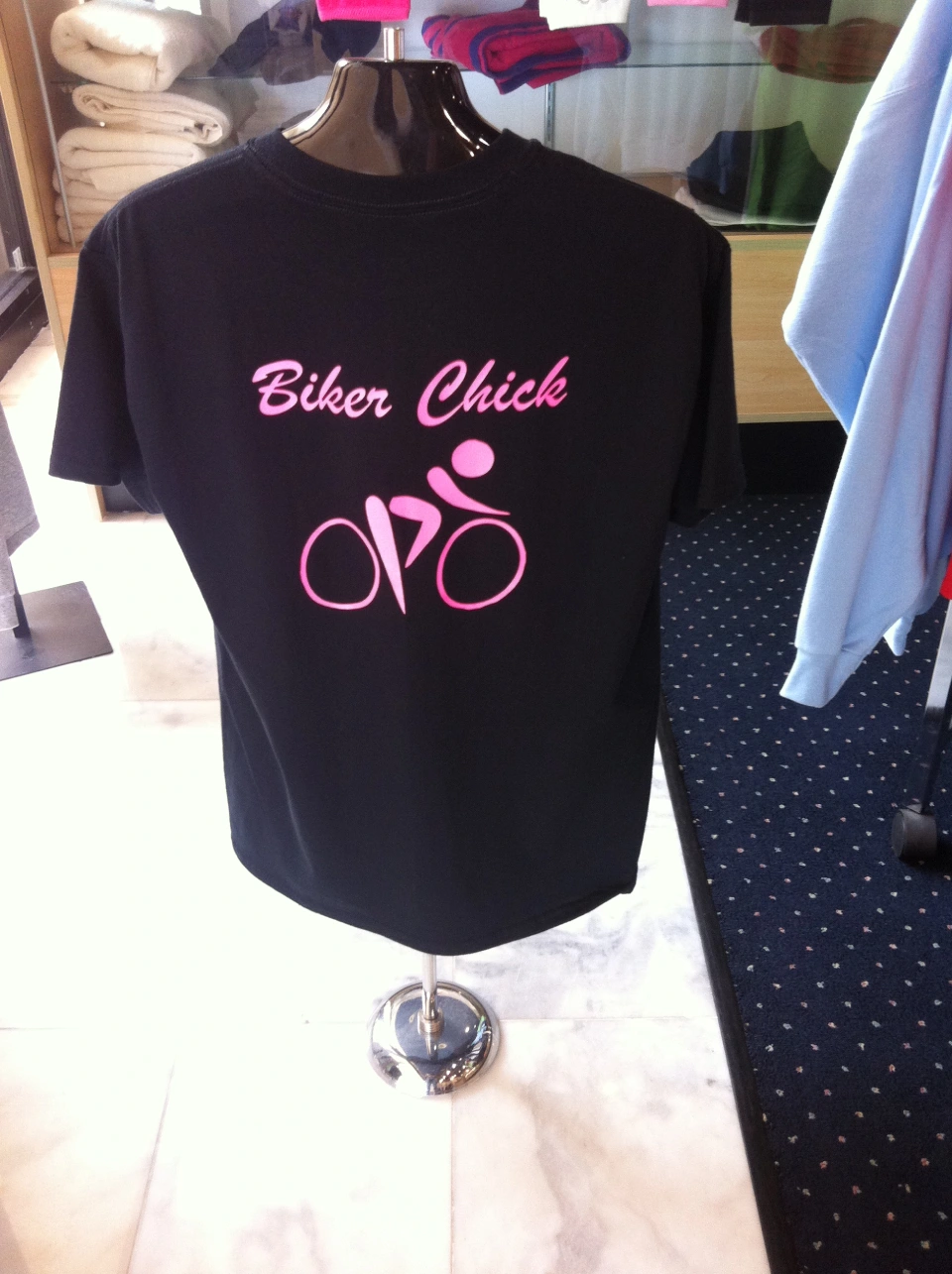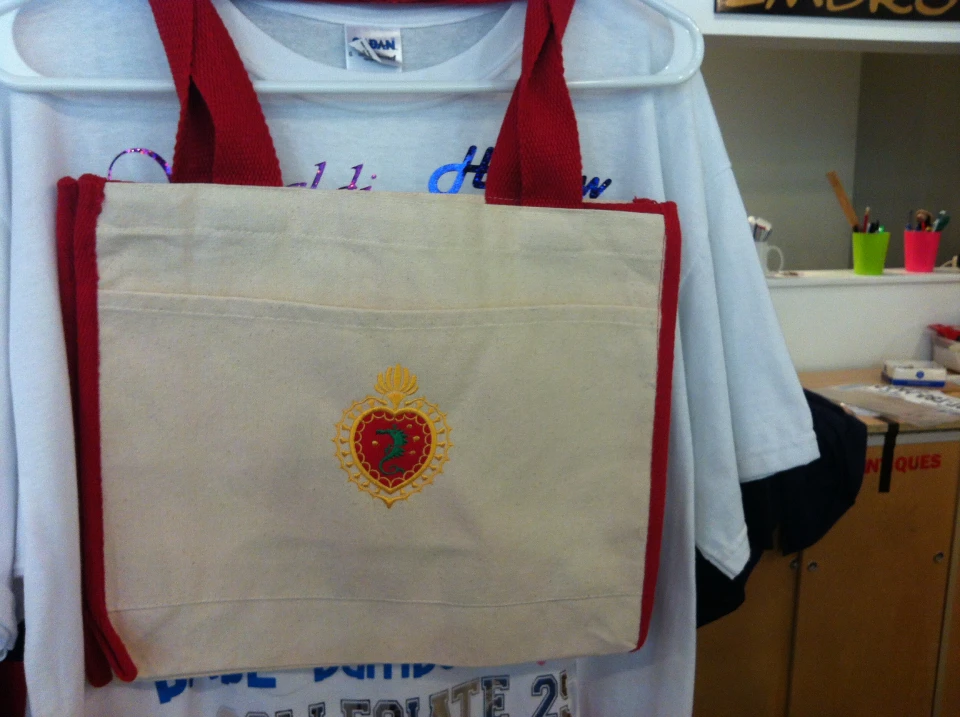The Art of Customized Needlework: Opening the Tricks to Creating One-of-a-kind and Memorable Layouts
Embroidery, a craft steeped in custom and virtuosity, holds within its complex stitches the power to change textile right into a canvas of distinct expression. The secrets to developing custom-made needlework styles that mesmerize the eye and leave an enduring perception lie in a fragile equilibrium of strategy, imagination, and interest to detail. As we explore the globe of personalized needlework, we uncover the nuanced interplay between thread option, sew complexity, and style personalization that raises a mere garment to a masterpiece. Join us on a journey through the art of personalized embroidery as we decipher the mysteries behind crafting really remarkable and unique creations.
Choosing the Right Needlework Threads
When picking needlework strings, what vital factors should you consider to ensure the finest outcomes for your custom styles? The choice of embroidery thread is essential in identifying the last outcome of your stitched design. One of the main considerations is the material of the thread. Different products such as cotton, polyester, rayon, and silk provide differing levels of luster, toughness, and texture. It is vital to select a thread material that enhances the fabric you are stitching on and lines up with the desired appearance of the layout.
In addition, the weight or thickness of the thread plays a significant role in the look of the embroidery. Thicker threads can include dimension and structure to your design, while finer strings are excellent for elaborate information and tiny text. Furthermore, taking into consideration the shade fastness and washability of the string is vital to guarantee that your custom designs preserve their high quality and vibrancy in time. By thoroughly evaluating these aspects and picking top notch strings that satisfy your certain demands, you can improve the aesthetic allure and durability of your stitched creations.
Discovering Different Stitch Strategies
To dig right into the world of 'Exploring Various Stitch Techniques', one have to understand the ins and outs and subtleties that each stitching method brings to the art of embroidery. Various stitch methods not only add aesthetic interest yet also contribute to the total structure and measurement of the style. One prominent stitch method is the satin stitch, which involves carefully stuffed parallel stitches to create a smooth and glossy surface area, perfect for filling out shapes and creating bold lays out.
On the other hand, the backstitch is a functional technique commonly made use of for detailing and adding fine information. It entails sewing backward to develop a strong line of embroidery. Additionally, the French knot stitch includes a responsive aspect to styles, excellent for producing textured accents like blossom centers or attractive touches.
Checking out various stitch methods permits embroiderers to play with light, shadow, and deepness within their styles, raising the visual charm and creative high quality of their embroidery projects. By mastering numerous stitching approaches, one can open limitless possibilities for producing one-of-a-kind and unforgettable personalized needlework items.
Incorporating Personalized Design Aspects
Having actually checked out the ins and outs of different stitch methods such as the satin stitch, backstitch, and French knot, the focus now moves towards integrating personalized design aspects in personalized embroidery jobs. Personalized layout elements play an essential function in cost to get shirt tailored making needlework jobs absolutely distinct and memorable. One means to integrate customization is by including initials, names, or significant dates to the layout. This not just adds a tailored touch but also improves the nostalgic value of the embroidery piece. find this
One more means to integrate customized design aspects is by including icons or themes that hold unique significance to the recipient or show their interests and character. For instance, including a favored flower, animal, or hobby-related sign can make the needlework design more significant and customized. Additionally, choosing shades that resonate with the recipient or align with the intended motif can better boost the customization of the needlework job.
Mastering the Art of Shade Sychronisation

One key facet of shade coordination is comprehending shade concept. This includes knowing how various colors interact with each various other, the feelings they communicate, and exactly how they can be combined to produce aesthetically attractive designs. By applying color theory concepts, embroiderers can produce unified shade combinations that enhance the site web general look of the design.
Additionally, focusing on comparison is essential in shade sychronisation. Using contrasting colors can help specific components of the style pop, enhance legibility, and create an aesthetically vibrant needlework piece. By mastering the art of shade sychronisation, embroiderers can raise their layouts and produce remarkable pieces that reverberate with customers and visitors alike.
Enhancing Texture With Advanced Embroidery Stitches

French knots, as an example, are ideal for including tiny, raised dots to your style, simulating the appearance of grains or creating a textured surface area. Bullion knots, on the other hand, can be utilized to create twisted, ropelike aspects that include a glamorous feeling to the embroidery. Seed sewing entails small, scattered stitches that can complete locations with a polychromatic appearance, while turkey work creates fluffy, dimensional accents similar to pet fur or vegetation. Trying out with these sophisticated embroidery stitches allows you to press the borders of conventional needlework and create absolutely unique and aesthetically enticing textures in your designs.
Final Thought
In final thought, the art of custom needlework involves a mix of selecting the best threads, checking out different stitch strategies, integrating tailored layout components, grasping color sychronisation, and improving structure with sophisticated stitches. By recognizing and carrying out these vital elements, embroiderers can create special and remarkable designs that showcase their creativity and skill. Needlework fanatics can unlock the secrets to creating lovely and custom items that stand out and leave an enduring impact.